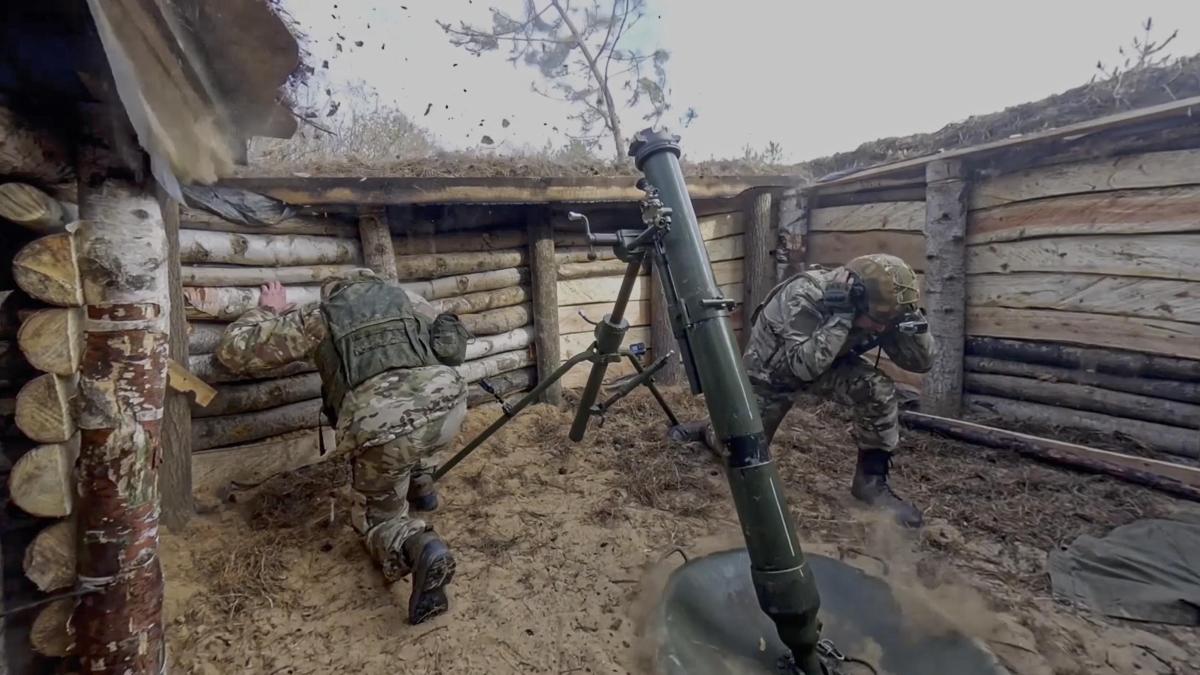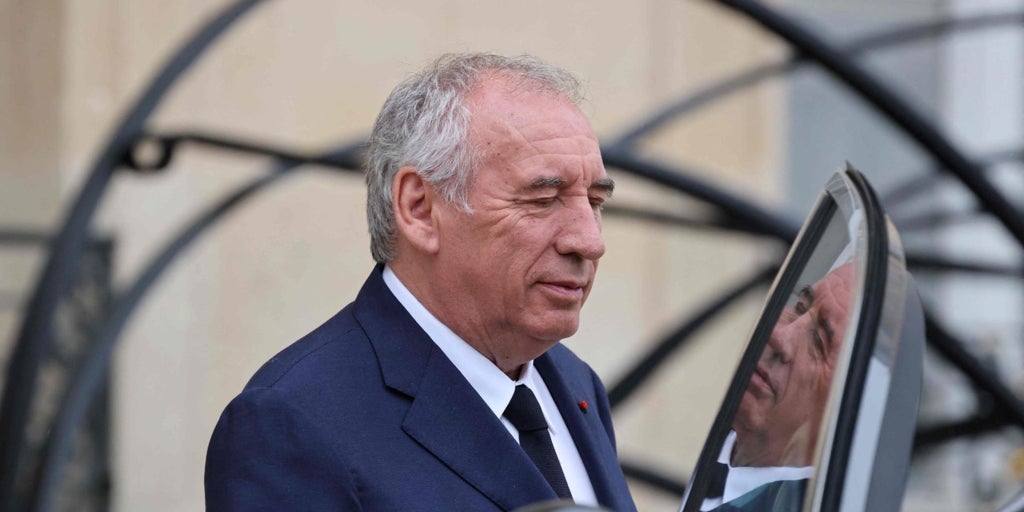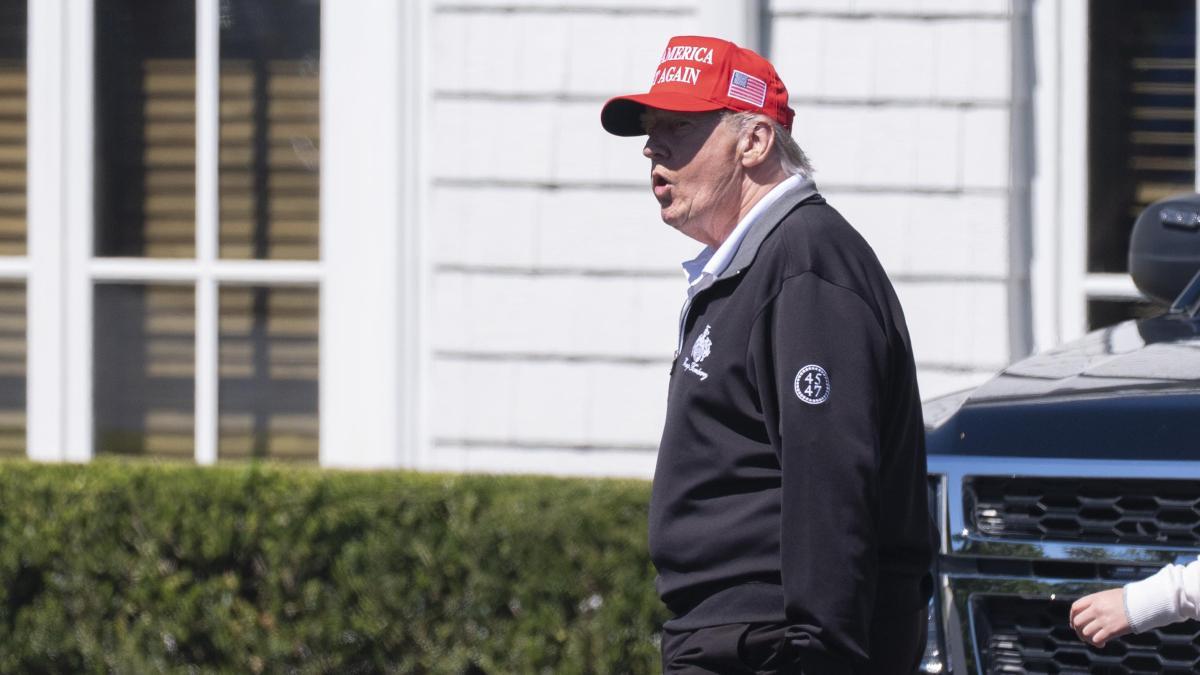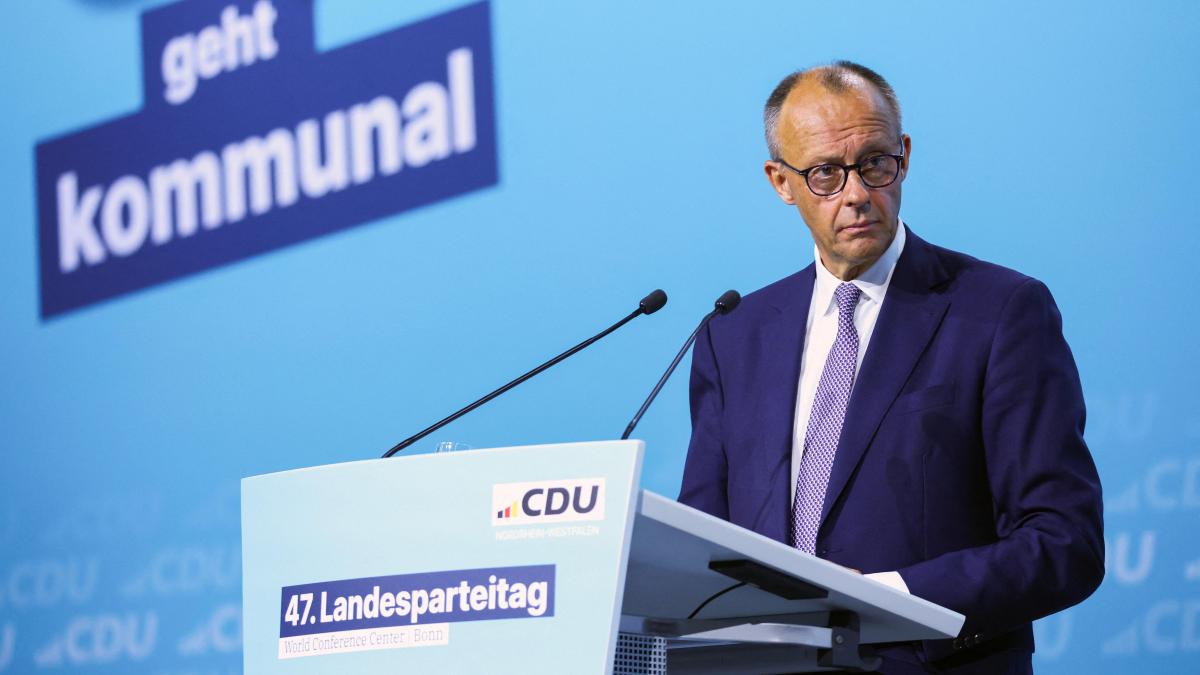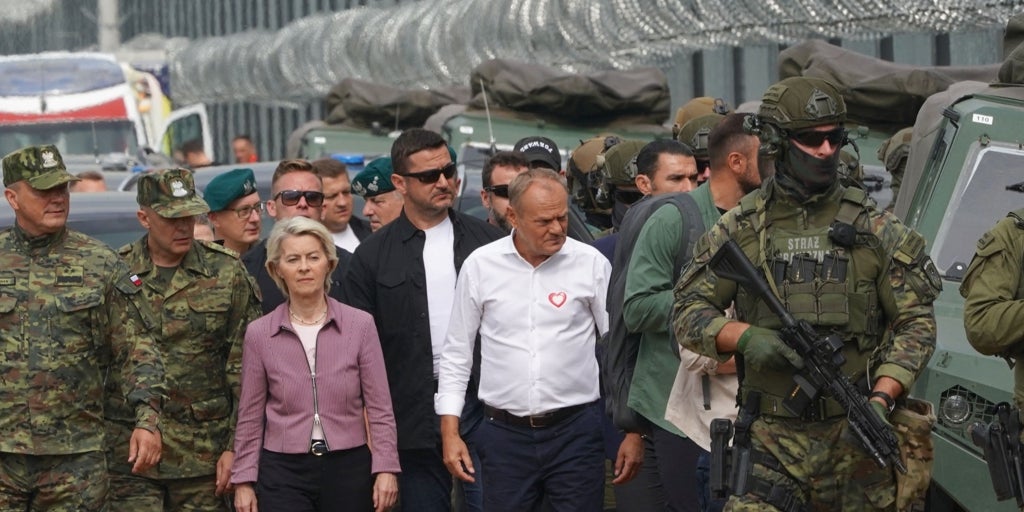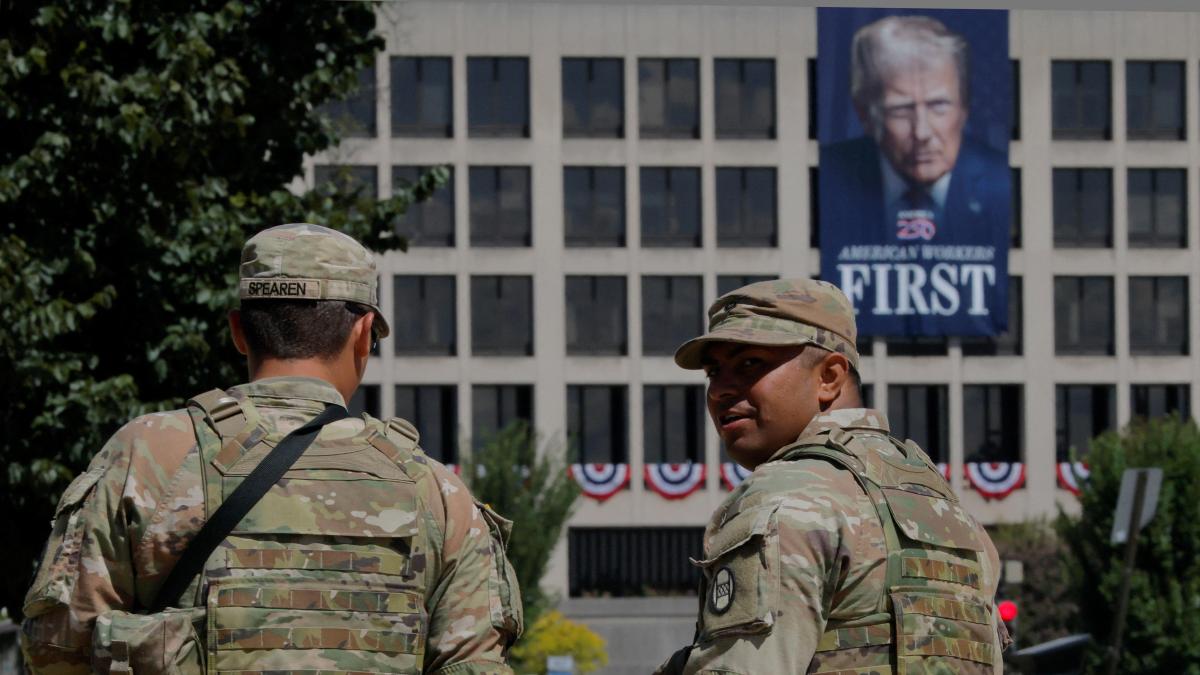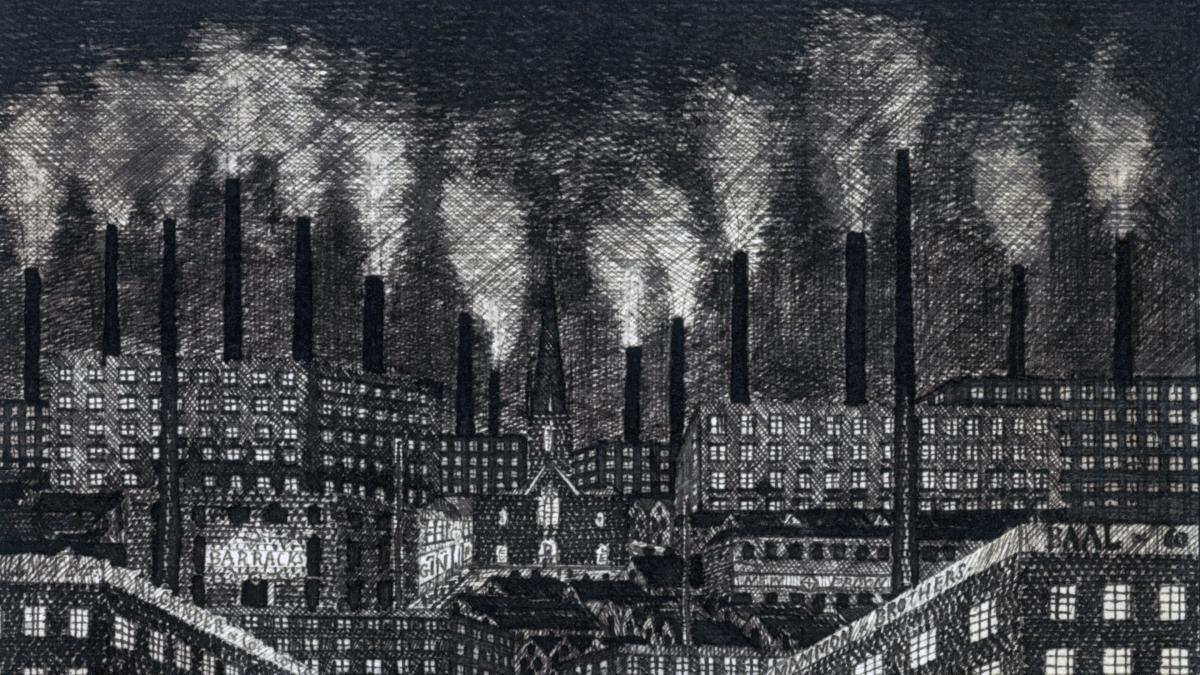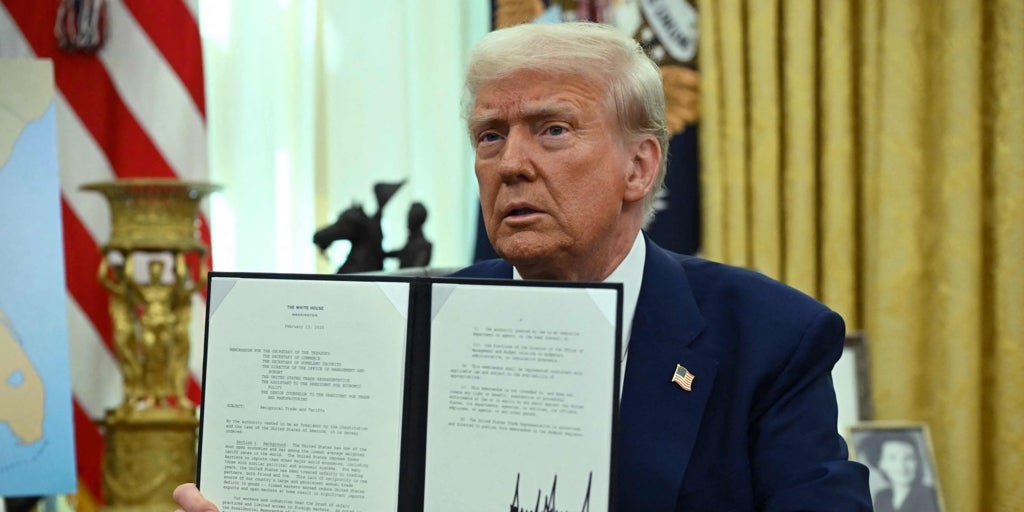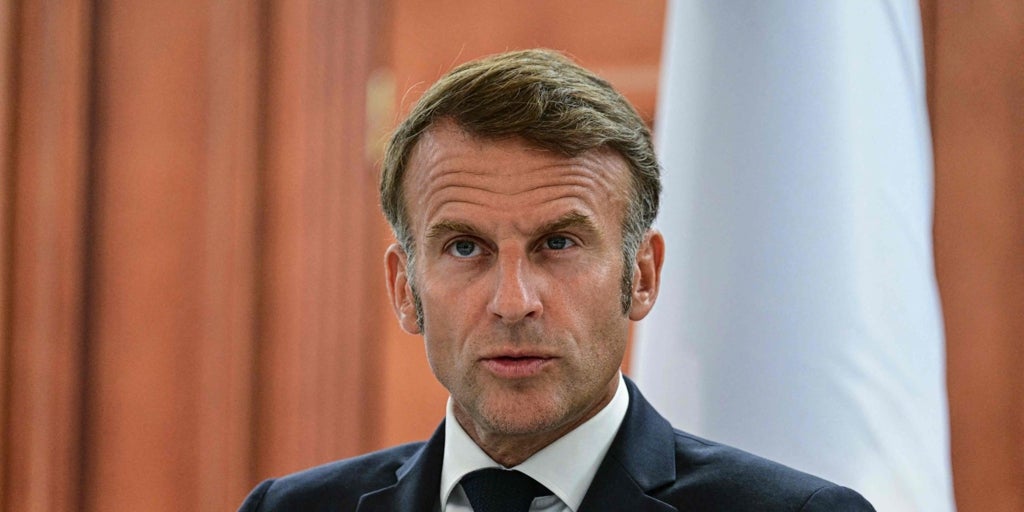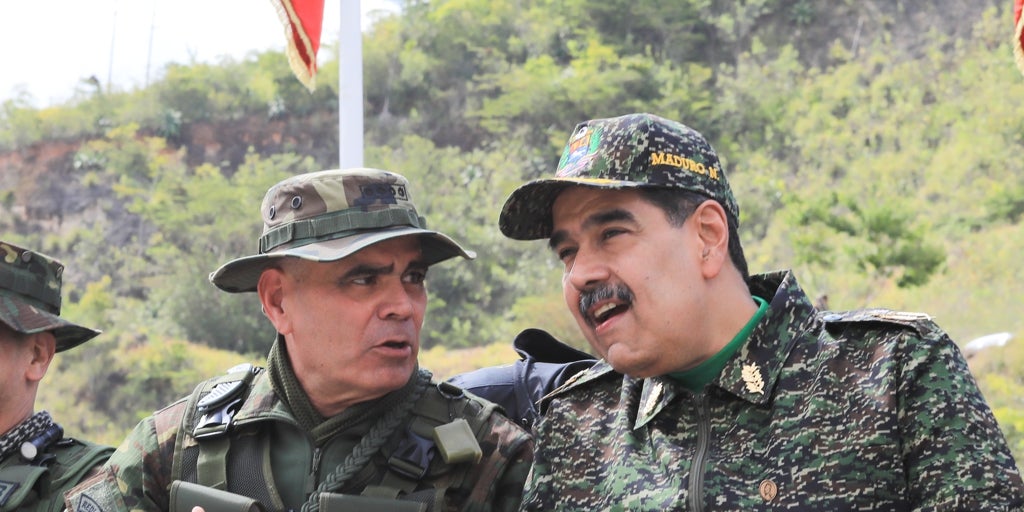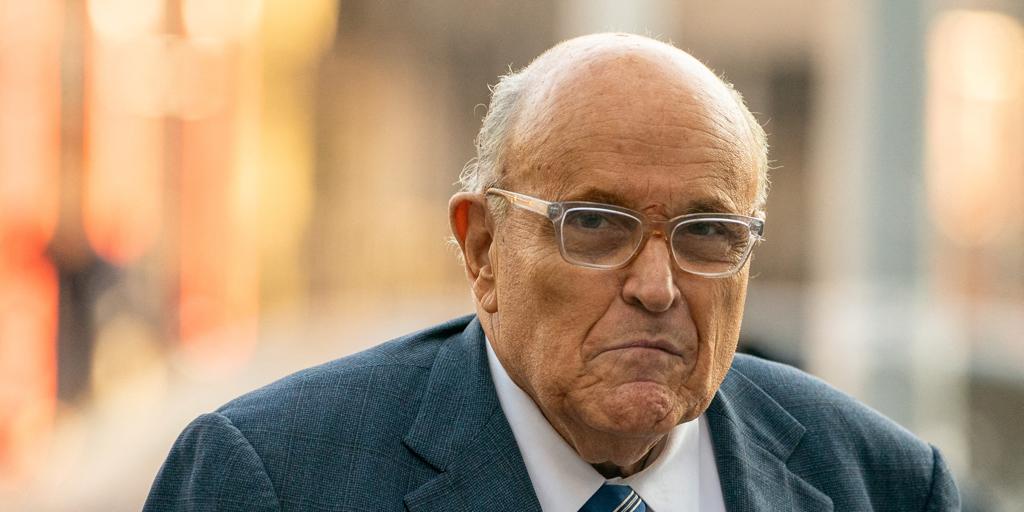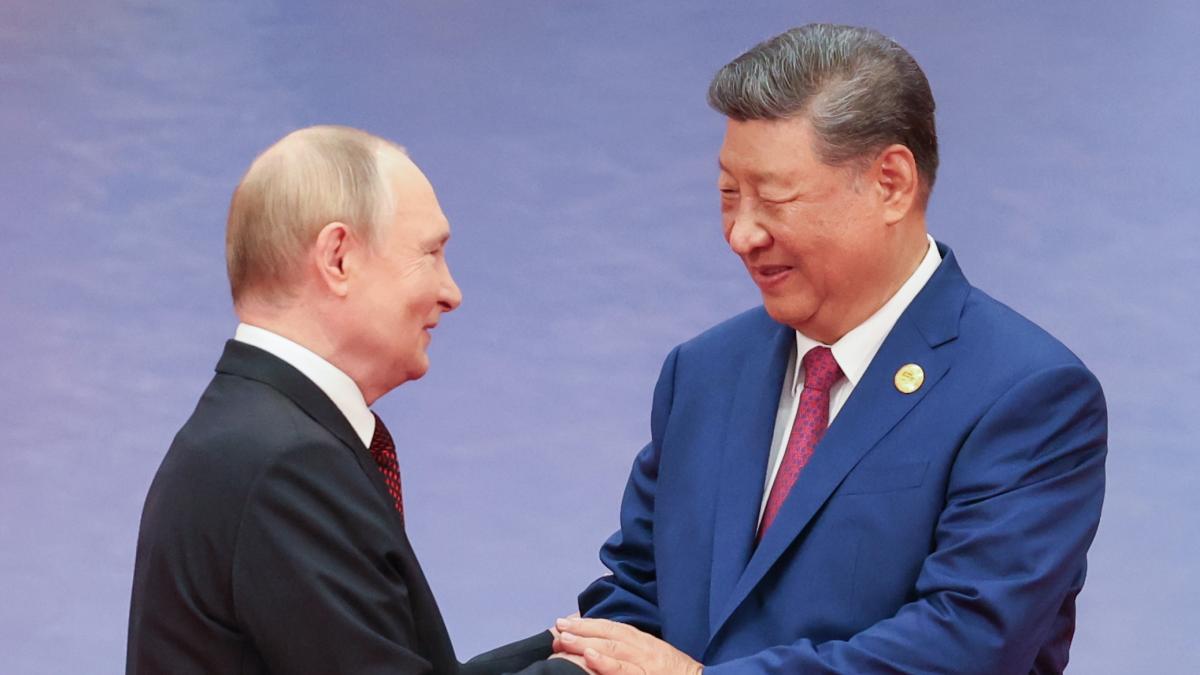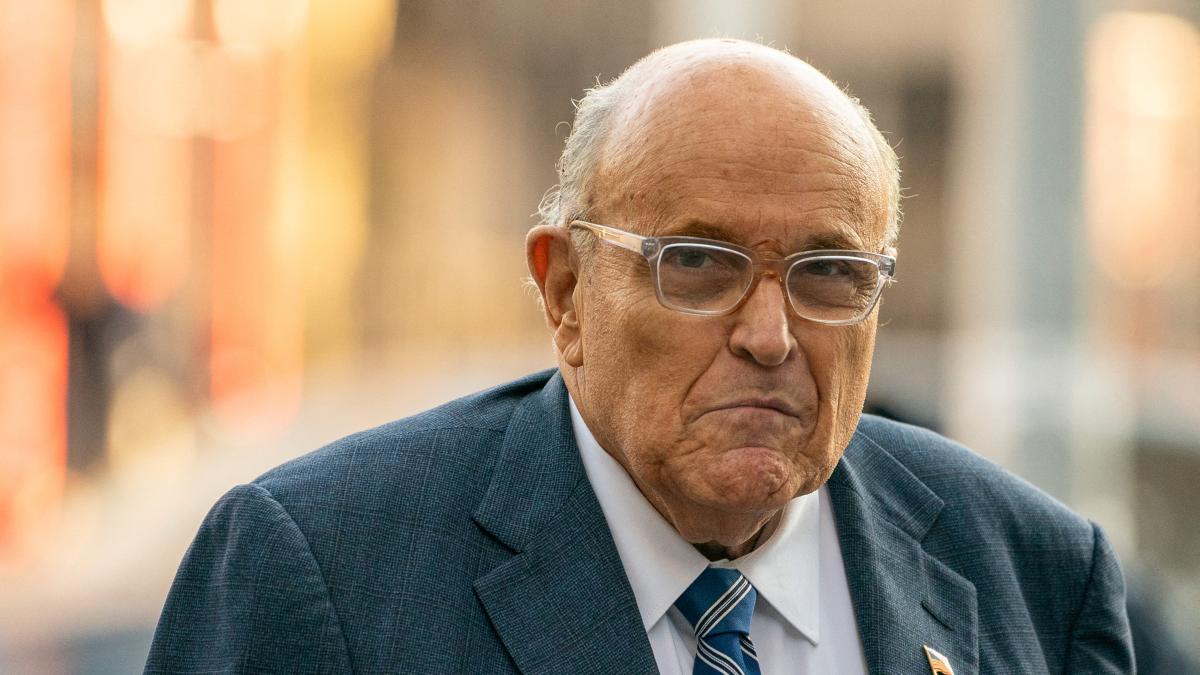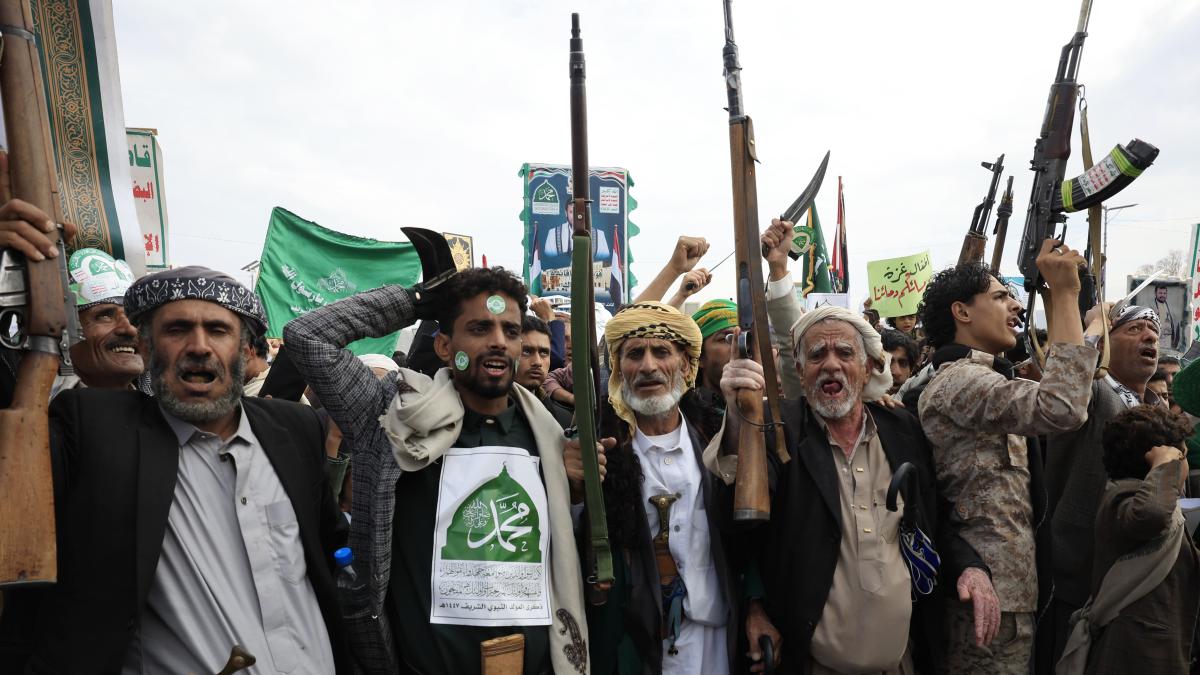Moscow Refuses to Support a Frozen Conflict with Ukraine: What Lies Ahead
As the tides of geopolitics shift dramatically with the impending arrival of Donald Trump back to the White House, the stakes escalate in an already tense and dire confrontation between Russia and Ukraine. While U.S. President Joe Biden grants Ukraine the green light to launch attacks deep into Russian territory with long-range missiles, Russia firmly stands its ground against any prospect of a frozen conflict. The Kremlin’s official stance, articulated by spokesperson Dmitri Peskov, paints a picture of unwavering resolve.
In a bold declaration, Peskov stated that Russia outright rejects any notion of simply halting hostilities along the lines where forces stand today. Instead, President Vladimir Putin has made it clear that Russia aims to engage in serious discussions concerning Ukraine’s neutrality—specifically its non-alignment with NATO—and withdraw its military presence from four newly claimed provinces of Ukraine: Luhansk, Donetsk, Zaporizhzhia, and Kherson. There’s one demand, however, etched in stone: the status of Crimea, forcibly annexed in 2014, remains beyond negotiation.
The Ceasefire Bargain: A Dangerous Illusion?
Reports from respected news agency Reuters highlight a potential opening for dialogue, suggesting that Russia may entertain the idea of a ceasefire under the upcoming Trump administration. However, Peskov’s emphatic rejection of freezing the conflict reveals the dissonance within the Kremlin. In quotes repeated like a mantra, he insisted, “any option to freeze this conflict is not in our best interest.”
Russia’s ambitions, driven by security concerns and the perceived NATO threat at its doorstep, indicate a strategy rooted in domination—both land and narrative.
The stark reality is this: Russian forces currently claim about 18% of Ukrainian territory, including Crimea and vast swathes of Donetsk and Luhansk. Yet, Moscow’s recognition of existing territorial controls in Zaporizhzhia and Kherson only further complicates the negotiation landscape.
The Ground Reality: Concessions or Further Conflict?
Yet, the question remains—what are the lengths Moscow is genuinely willing to go? The Kremlin’s emphasis on “reality on the ground” indicates a possible willingness to discuss territorial concessions. There are mentions of ceding less critical areas in Kharkiv and Mykolaiv. But with the reality of Ukrainian resilience and a strategic pushback against Russian advances, any semblance of compromise may be tentative at best.
Furthermore, it’s essential to dissect the implications of Trump’s presidency on negotiations. Trump’s past hints at a strategy of reducing U.S. involvement in European security could embolden Russia further in its demands, creating an environment where aggressive posturing becomes the status quo.
Prolonged Conflict: Biden’s Offense vs. Moscow’s Countermeasures
Amidst this backdrop, Biden’s strategy indicates an attempt to prolong the conflict as a means to exhaust Russian resources. Accusations from Russian officials underline this narrative—Peskov accused Biden’s administration of doing “everything possible to prolong the war” by supplying Ukraine with advanced weaponry, including anti-personnel mines. In a chess match of geopolitical proportions, every move is watched and calculated.
Moreover, as both sides take not only military positions but also media stances, Moscow’s retaliation threats echo ominously. Claims that any NATO involvement in targeting Russian territory via U.S.-supplied missiles will invite severe consequences signal a willingness to expand the conflict’s scope dangerously.
A Fateful Standoff: Zelensky’s Stance vs. Putin’s Ambitions
Ukrainian President Volodymyr Zelensky remains resolute; he adamantly opposes any form of a frozen conflict reminiscent of the Minsk agreements, which allowed for Russian fortification in Eastern Ukraine. For Zelensky, this is not just a territorial dispute but a fight for sovereignty, asserting that Ukraine must expel Russian forces entirely—Crimea included.
His recent remarks reflect an awareness: without substantial U.S. support, victory becomes elusive. The delicate balance may hinge on Biden’s commitment to sustain military and logistical assistance, something pivotal to Ukraine’s continued resistance.
The Path Ahead: A Powder Keg of Potential Outcomes
As Trump prepares to take office in January 2025, the landscape looks fraught with uncertainty. In a chilling parallel, sources indicate that Putin would be open to discussions with Trump, shoring up the potential for a ceasefire. Yet, this possible avenue is fraught with complications as essential territorial losses remain essential red lines for the Kremlin.
One thing is certain—Russia’s commitment to achieving its objectives, entwined with its dire warnings of NATO’s military infrastructure looming at its borders, sets the stage for a high-stakes game of diplomacy and arms. All the while, the world watches and doubts whether any peace dialogue can hold, lest it merely becomes an overture to a prolonged conflict.
The question isn’t merely whether Russia is willing to accept a ceasefire but whether it will ever relinquish its grasp on what it considers historical and strategic territory. As the international community holds its breath, the specter of war looms larger, hinting that the next phase may be a reluctant acceptance of a new status quo marked by continual unrest.

